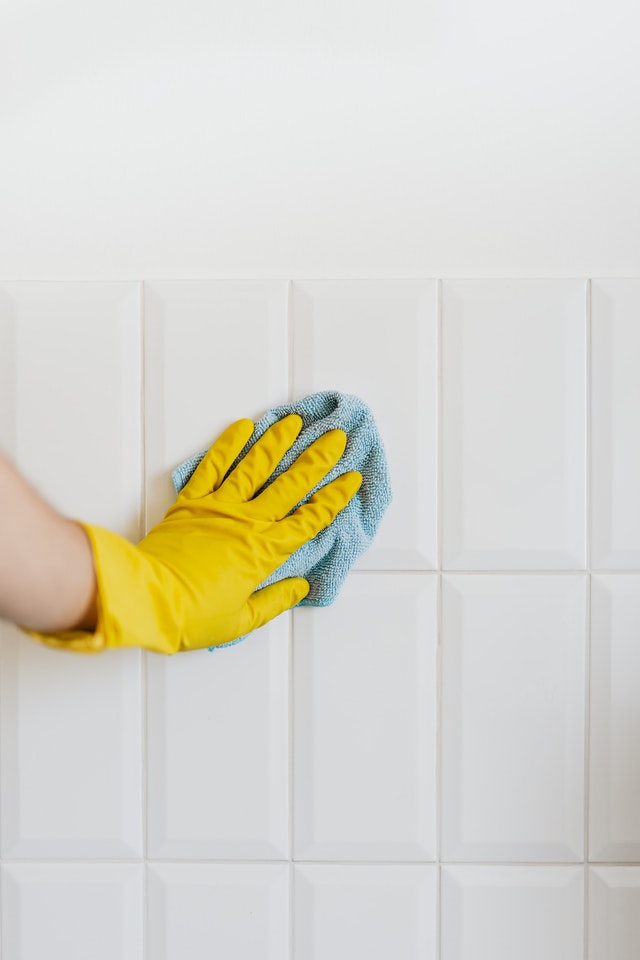Mold in the home is not only an eyesore but also poses health risks to the inhabitants. It can get into the air and your lungs, causing nasal congestion and allergies. Mold exposure can also cause dry cough, skin rashes, sore throat, and sinusitis, so there’s every reason to remove the fungus from your home immediately.
Note, however, that not all molds cause the same degree of harm. Mildew, a type of mold, is grayish or white, and is less harmful than most other types. However, it can slowly harm surfaces. Mildew typically grows in damp surfaces, such as bathrooms and basements.
Blackish and greenish molds are more dangerous to your home. They can eat up the structure and make the drywall and wood soft or crumbly while causing health challenges.
If you notice a musty smell in your home, there’s a high concentration of mold that needs to be removed immediately.
But how?
Hire professionals
One of the best ways to get rid of mold infestation is to hire a professional. Removing large mold colonies requires exposure to a considerable amount of harmful chemicals that are best handled by knowledgeable professionals. You may put yourself at risk if you try to do it yourself. Contact your local public health department or make a Google search to get in touch with a mold control expert near you.
However, not all mold infestations require professional assistance. To avoid spending money on something you can handle yourself, call a mold removal expert only when the infested area is up to or exceeds 10 square feet.
Products that kill mold
You can use the following chemicals to get rid of mold from your home DIY
Chlorine bleach: Whether you’re using sodium hypochlorite or regular household bleach, molds can’t stand the action of chlorine action. It’s pretty harsh, so dilute before using it. Avoid inhaling the fumes.
Hydrogen peroxide: Having a bleaching effect, hydrogen peroxide can lighten stains while killing off mold infestation. It’s less harsh than chlorine bleach and has no fumes.
White vinegar: Vinegar is acidic and kills mold slowly by breaking it down. However, the stain may remain, and you’d need to scrub it off.
Sodium bicarbonate and borax: your regular baking soda (sodium bicarbonate) and borax have a high pH which is lethal to molds. However, they’re not toxic to humans and are very affordable. Borax works better for stains than baking soda.
Waterproof your basement
While you may have killed off all the molds in your home, you may not have treated the root cause of their presence. Mold and mildew grow and thrive in moist environments.
Therefore, if water can get through your basement, you’re at risk of mold infestation. Mold can also take over the walls and foundation if allowed to thrive. With basement waterproofing, you can stop water from getting into your home. This consequently prevents mold growth while protecting your foundation from water and ensuring an even settlement.
Basement waterproofing is something you should look towards if you want to protect your home’s structure while also preventing future mold growth.
Final words
If you’re going DIY, it’s important to learn how to remove mold from different materials, such as walls, floors, appliances, fabric, books, tiles, etc.
They often require different approaches, and doing it right will ensure your mold removal will be effective.
Also Read: 6 Ways to protect your home from damage




